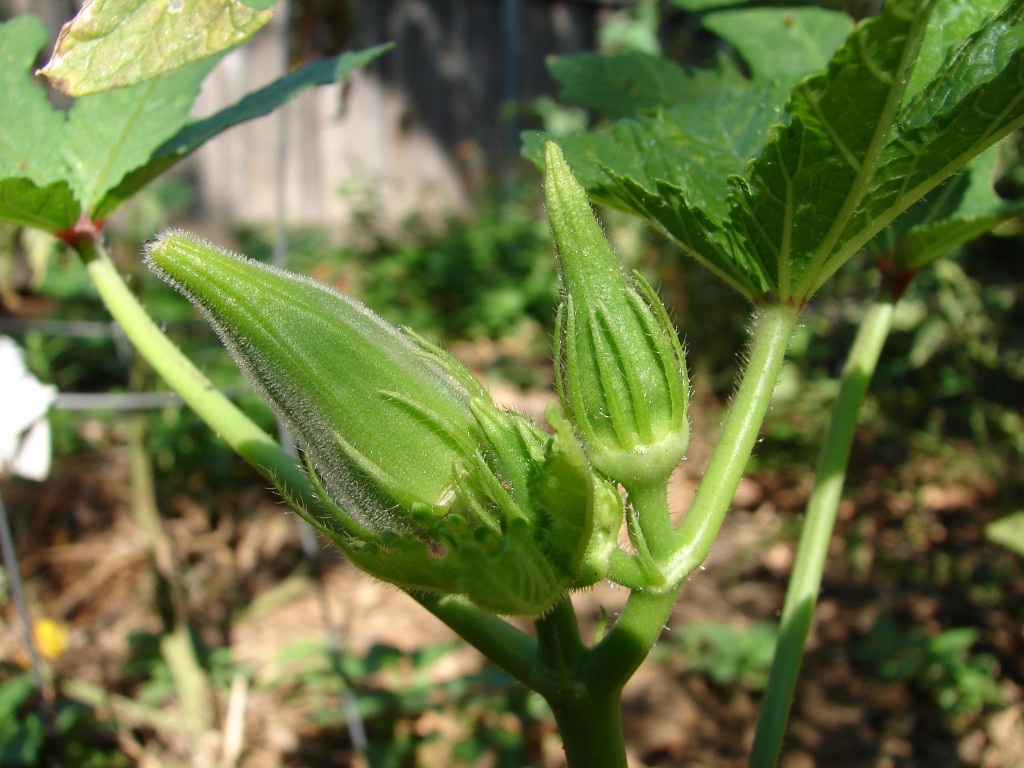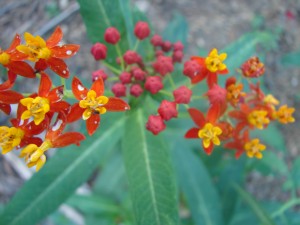It’s almost ready!
I have no idea what kind this is. I think I remember it being Clemson Spineless, but I bought it so long ago that I could be wrong. I bought a Burgundy Okra one time too, but I know that is not what it is. I save a pod every year and that is what I plant in the spring. I always seem to have one or two that I miss harvesting and it seems a waste to throw them out.
Okra is a kind of hibiscus, Hibiscus esculentus, and it actually has a very pretty flower. I must have missed this one flowering while I was on my mini-vacation. It seems like the hotter it gets, the better okra likes it. That makes one of us. But at least there is something in my yard that doesn’t look totally exhausted from the heat.
I will have to be careful to check the pods daily now because they grow so fast, it’s easy to miss that perfect okra moment – when it is about 3 or 4 inches long. And I really don’t want to leave them on the plant too long because that shuts down production.
Fried Okra! I can’t wait. We are gluten sensitive (well, at least three out of five of us are) but I have found that it tastes just as good fried in olive oil with salt and pepper (and maybe some Cajun seasonings) as it does breaded and fried.
Yum!



